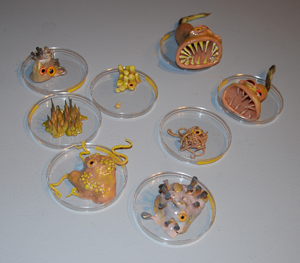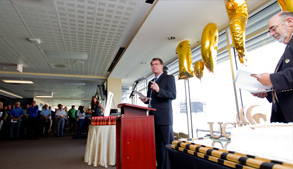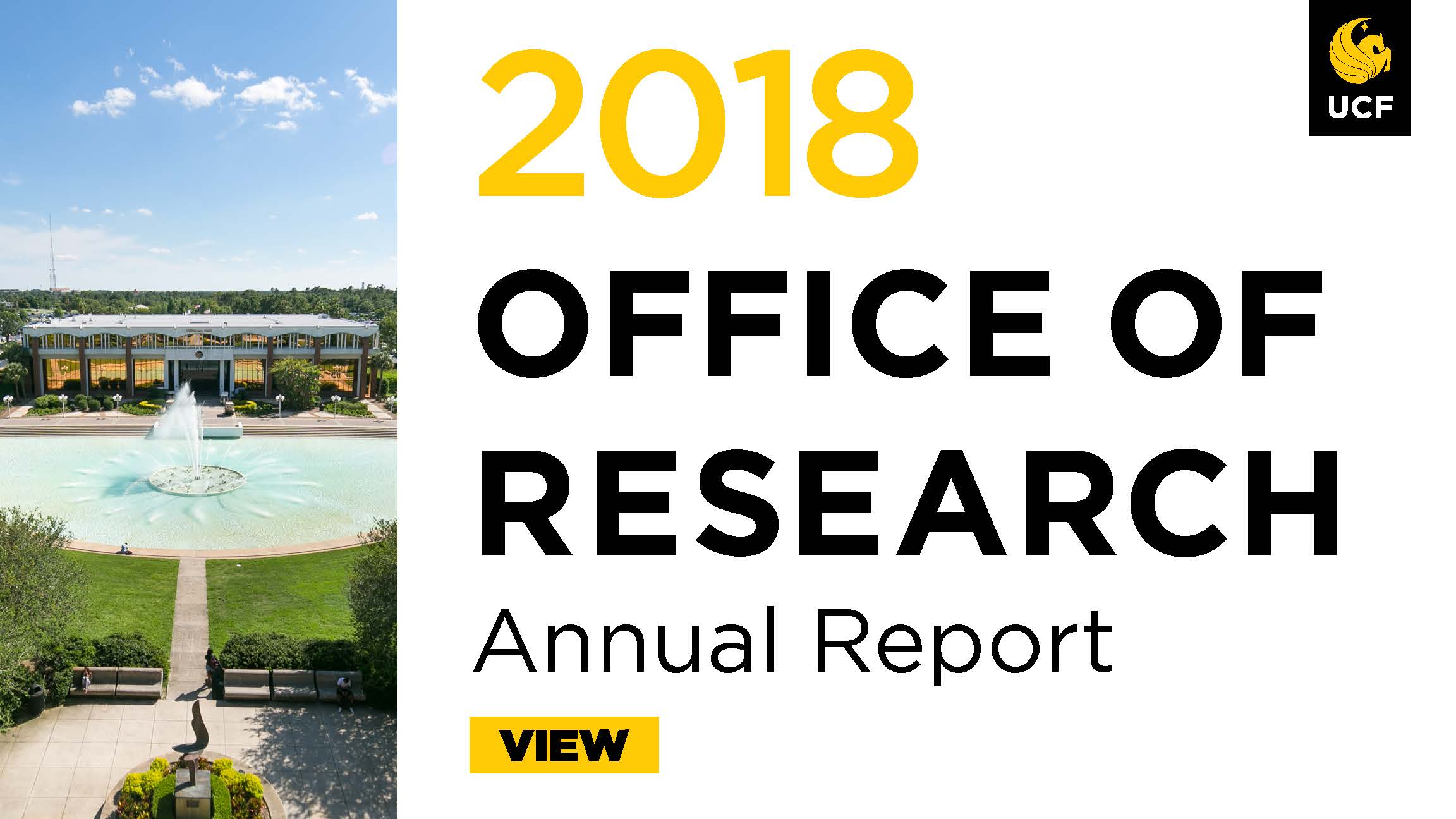UCF Programs Engage Public in Science

At a conference Thursday at UCF's Student Union, more than 50 faculty from disciplines as diverse as computer science and physics to sculpture and digital media heard from an NSF program manager about the agency's emphasis on encouraging public engagement in science and using that interest to spur innovation.
"We like to enable people to learn science by doing science" said Sylvia James, manager of NSF's Informal Science Education Program.
The premier source of funding for most of the nation's groundbreaking research in mathematics, computer science and social science, NSF has traditionally focused on competitive university research projects to drive the science that fuels the nation's innovation. Recently the agency has added a new component - informal science education � or research that engages the general population.
Since most people spend the vast majority of their lives outside of formal educational environments, the emphasis of these programs is to reach people where they are and educate them about the role science plays in everyday life, James said.
One such program at UCF, Innovation through Institutional Integration, works with faculty who are conducting the transformation research, spurring them to engage the public with the results.
Costas Efthimiou, associate professor of physics, uses popular movies as a tool. His class, Physics in Films, helps non-science students learn about the fundamentals of physics by scientifically dissecting the other-worldly stunts performed in movies like Blade and X-Men: The Last Stand.
Theo Lotz, an instructor in the College of Arts & Humanities, is supporting an effort that introduces science researchers to art students with the ultimate objective of creating a public display of paintings and sculptures based on science.
"I really hope that through collaboration this project will be a full circle," not just introducing science and art majors to the different thought processes but creating art that will attune the public to the importance of science in everyday life, he said.
Nine paintings and five sculptures created by through the program were on public display at the Pegasus Ballroom Thursday evening.
Debra Reinhart, UCF's assistant vice president for research and the lead researcher on the $1 million project, echoed James' emphasis on the importance of using a variety of tools to encouraging students to engage in science.
"We have programs across UCF that have already increased the retention rates of all students in these critical areas � the goal of the project, in part, is to share what works," she said.
UCF Provost Tony Waldrop, Bruce Furino, director of the Minority Engineering and Computer Science Program in the College of Engineering and Computer Science, and Michael Georgiopoulos, a professor of Electrical Engineering who has led two STEM programs at UCF, are also involved in the Innovation through Institutional Integration project.
For more information: www.icubed.ucf.edu.


